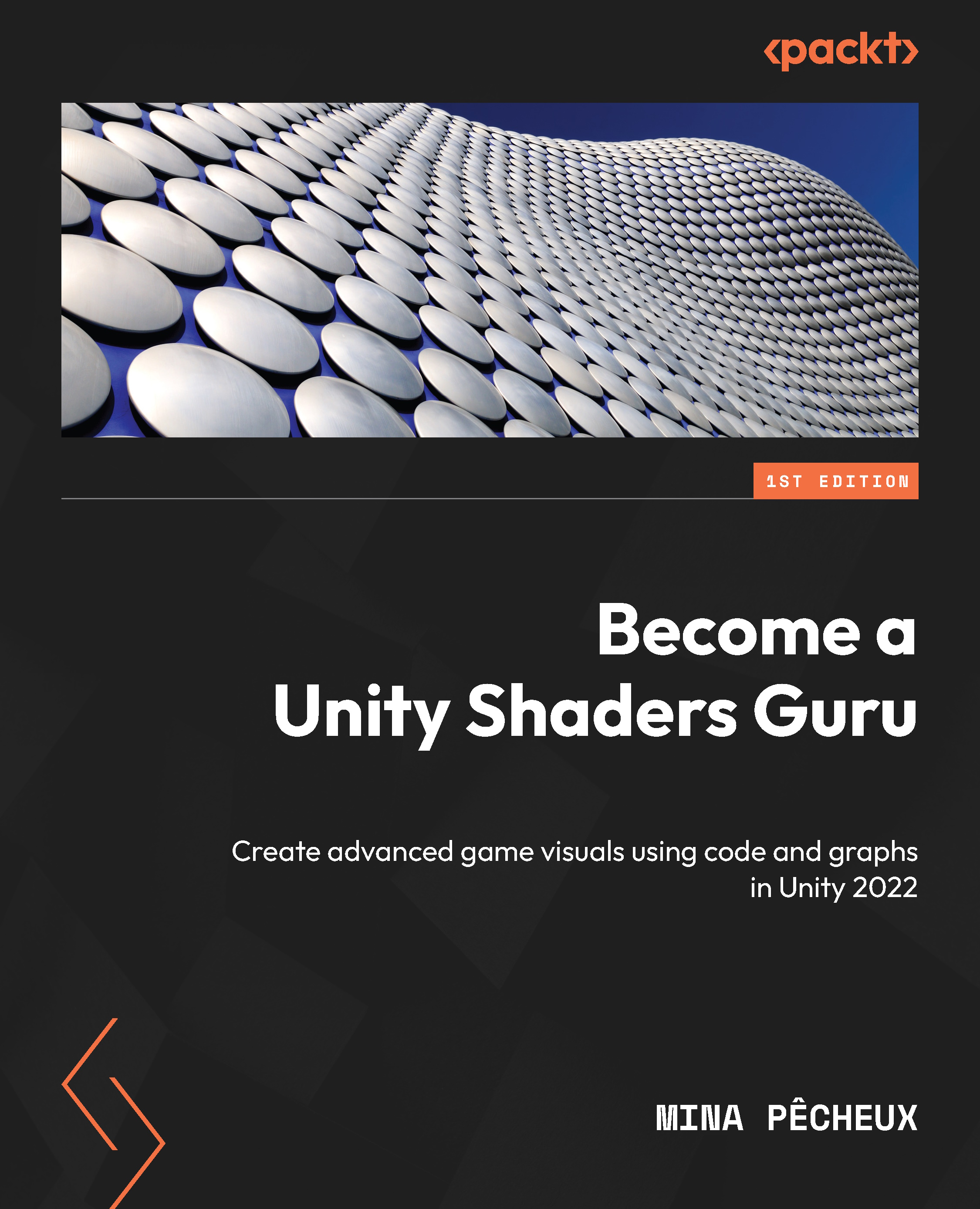Faking depths and heights with parallax mapping
We’ve seen that billboarding makes it easy to highlight elements in a 3D scene by tweaking their transform and that it can also be used to render vegetation efficiently.
The problem is that this technique can only go so far in simulating geometry. If you walk toward a tree using billboarding and examine its leaves, you might eventually see that there is no real geometry there.
A better way to create this illusion of depth without needing any additional geometry or textures is to have our shader displace the UVs just in the right way for our brains to think there is more volume to see than what is really in the scene. This technique is called parallax mapping, and it was first introduced by Tomomichi Kaneko et al. in a 2011 article (available for free over here: https://www.researchgate.net/publication/228583097_Detailed_shape_representation_with_parallax_mapping).
So, in the next sections, we will examine this second trick...


























































